Baby toys can end up in some pretty icky places — on the floor, under the couch, in the toilet. More concerning, though, is where those toys go next (yep, you guessed it: baby’s mouth).
While there’s no need to start sanitizing everything in sight — most household bugs aren’t harmful, anyway — you might want to keep some supplies on hand to wipe down your child’s favorite toys.
Cleaning your baby’s toys, however, can be trickier than cleaning your baby’s clothing or bedding, in part because many of them weren’t made for endless cycles in the dishwasher or washing machine, says Jessica Ek, a spokesperson for the American Cleaning Institute.
For a step-by-step guide to cleaning your tot’s toys, follow these steps.
What to Expect selects products based on independent research and suggestions from our community of millions of parents; learn more about our review process. We may earn commissions from shopping links.
What you'll need
Use these supplies to clean baby’s toys at home or on the go.

Award-winning detergent
- Laundry detergent: You don’t need to spring for a baby-specific brand, but if your child has sensitive skin, you may want to choose a mild, hypoallergenic option like Dreft Liquid Baby Detergent ($20 for a two-pack on Amazon).
- Laundry mesh bag: Washing a beloved stuffed animal? A mesh bag can help keep tiny buttons or plastic eyes from going missing in the washing machine and dryer.
- Dish soap: Many wooden or plastic toys can be cleaned with mild dish soap. This one from Babyganics is a favorite among parents in the What to Expect community.
- Disinfecting wipes: Disinfecting wipes kill off bacteria and viruses. Parents in the WTE community like these ones from Seventh Generation.


How often should you clean baby toys?
If a toy is visibly dirty — for example, you can see dirt or food on it — you should wash it off, says Ek. Likewise, if someone in your home is sick, it’s a good idea to disinfect the objects that that they’ve touched at least once a day to help prevent the spread of germs.
There’s no need to break out the big gloves, though. Most germs around the home aren’t particularly harmful, and exposing your baby to some germs can even help shore up his immune system and fend off infections later on.
How to clean wooden baby toys
Wooden toys are among the most straightforward objects to clean, says Ek. Here’s how to do it.
Step 1: Wet a washcloth with dish soap
Dab some mild dish soap onto a washcloth and wipe off the toys.
Step 2: Let the toys air dry
The toy will still be damp, so you’ll want to let them dry off before giving them back to your child.
How to clean plastic baby toys
Plastic toys can also be easy to clean, though if they have electronic components to them, you’ll want to take care not to get those ones wet, says Ek. Here are a few steps.
Step 1: Wet a washcloth with dish soap
Use a mild dish soap to remove the dirt from the surface of the plastic toy, being careful not to get any water on any electronic parts. Toys that are made of entirely plastic (including pacifiers) as well as ones designed for the bath can also likely go in the top rack of the dishwasher, says Ek.
Step 2: Let the toys air dry
Let the toys dry off before giving them back to your baby.
How to disinfect toys
To kill bacteria and viruses that may be lingering on the surface of your toys, you can use a disinfectant wipe, says Ek. Make sure to let the disinfectant liquid dry completely, and then rinse it off and let it dry again.
You want to make sure the toy is completely dry and residue-free before giving it back to your baby, especially if your little one can put it in their mouth, she says.
How to clean baby stuffed toys
Many stuffed animals and other plush toys are machine washable (though you can check the tag for specific instructions). Here’s how to clean your baby’s beloved teddy.
Step 1: Put the toy in a garment bag
Stuffed animals can have plastic eyes, noses and buttons that can go missing in the wash, so your best bet is to put them in a garment bag before placing them in the washing machine. If you don’t have a garment bag, you can always use a pillowcase.
Step 2: Wash on delicate in cold water
Washing the toys on a gentle cycle — and in cold water — reduces the wear and tear on the toys. Unlike baby clothing, plush toys aren’t meant for multiple rounds in the washing machine. Hot water can also be harsher on materials than a cold rinse. “These toys are often well-loved, and you don’t want to damage them,” says Ek.
Step 3: Toss the toy in the dryer on low or dry it with a hairdryer
Leave the toy in the garment bag or pillowcase and place it in the dryer (with or without other laundry) on a low setting, says Ek. Or, simply dry the toy with a hair dryer. While it’s possible to air-dry the stuffed toy, that can be trickier to do when the weather is warm. “If it’s a really humid day in the summer, air-drying might not dry it fast enough, and there may be an opportunity for mold to grow on it,” she says.
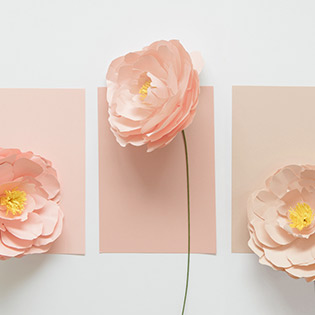
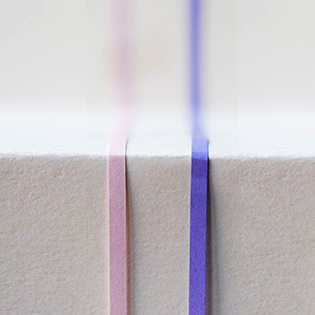
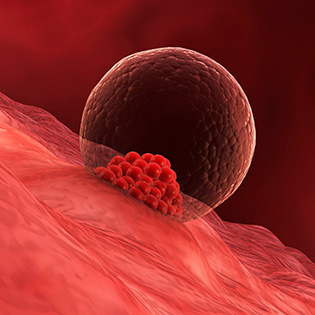
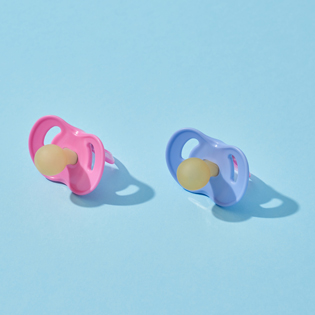

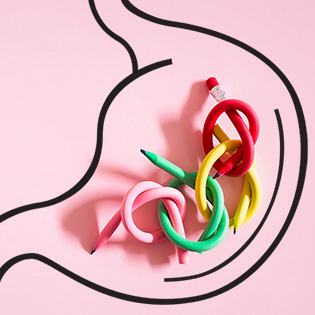

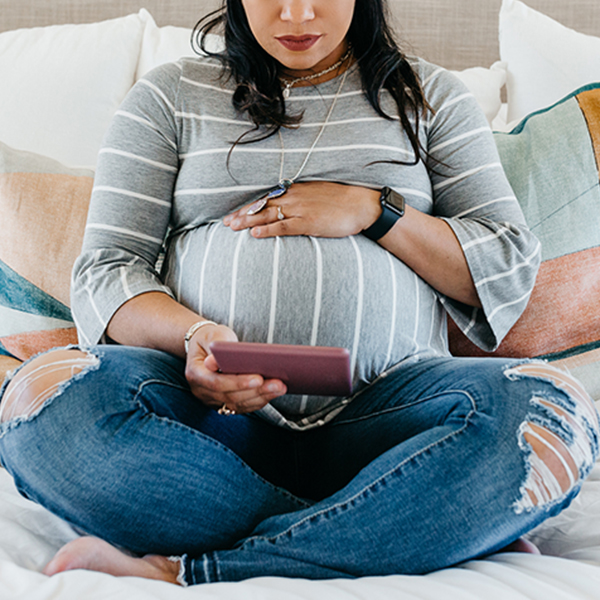

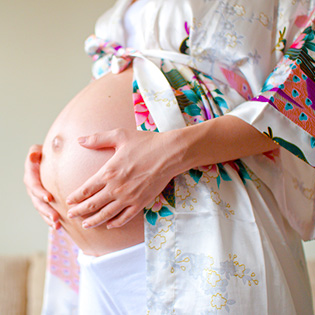
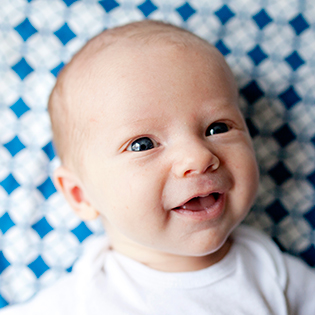
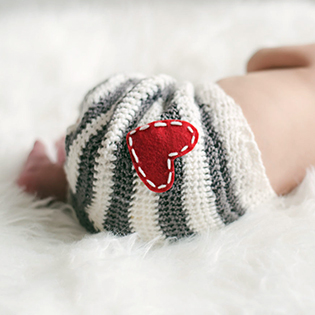
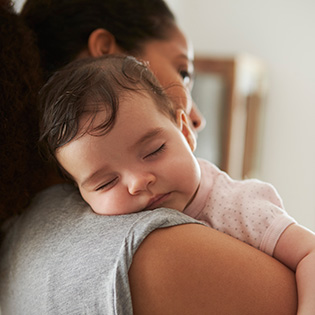
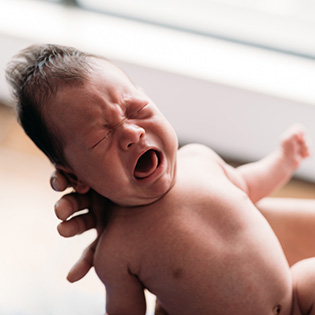

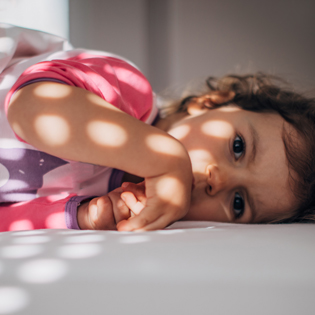
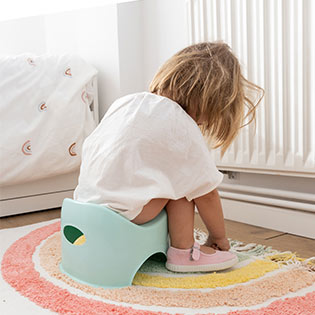
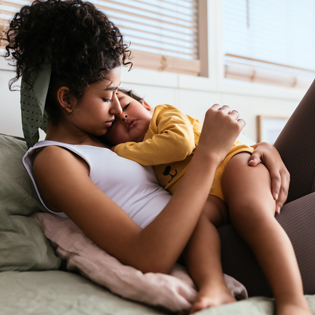
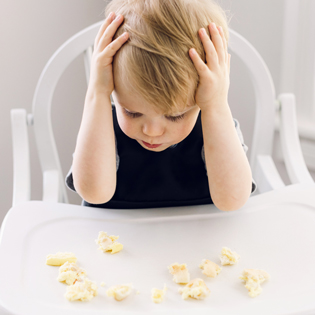
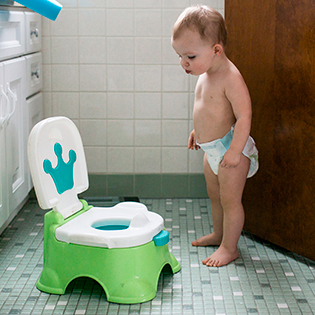
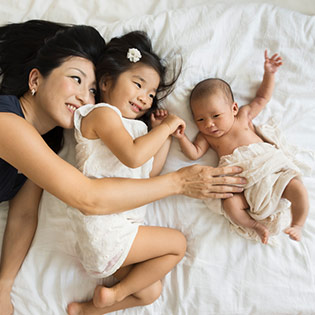
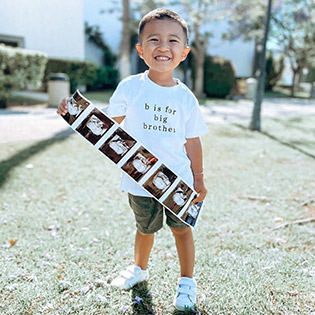
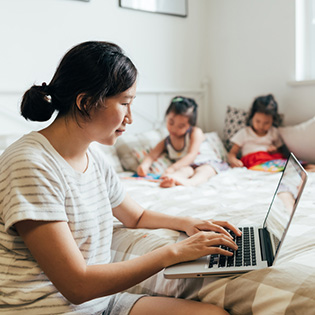
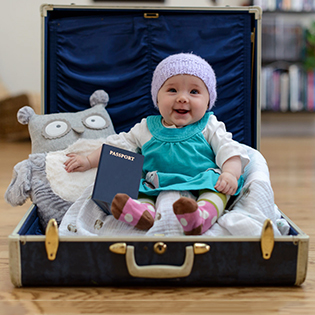
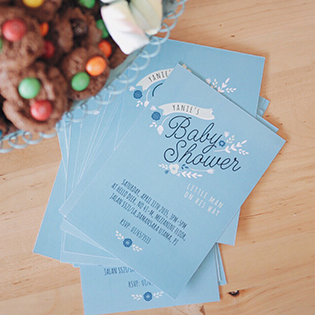

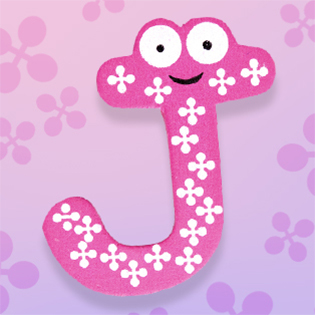
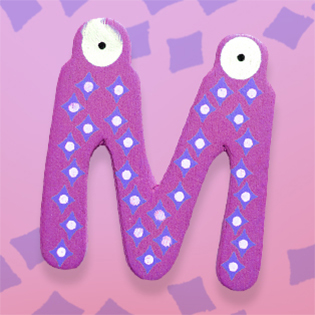
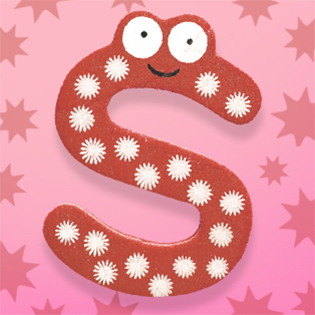
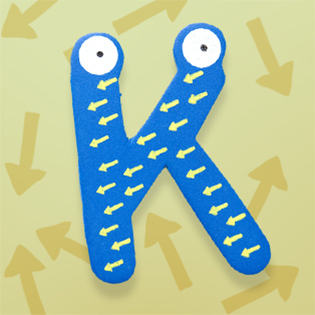
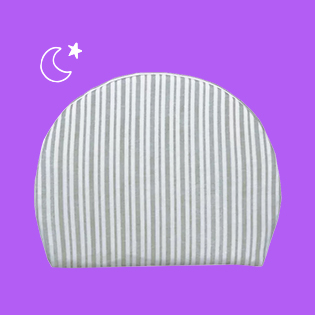
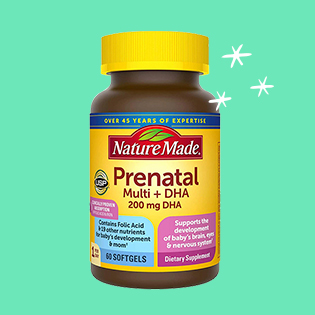
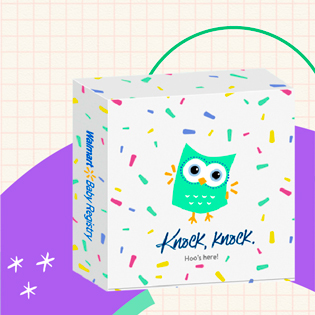

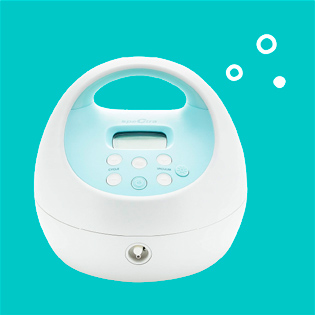

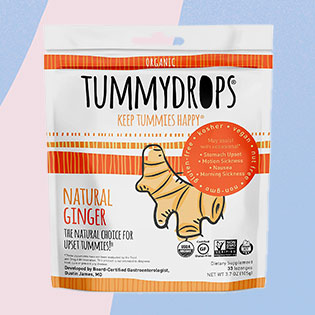

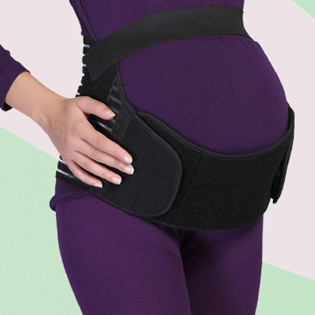


 Trending On What to Expect
Trending On What to Expect







